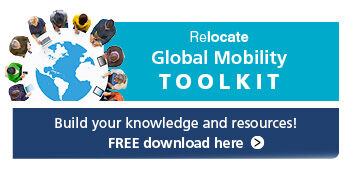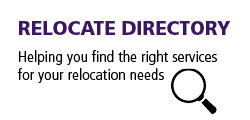Global study finds many CEO's not up to the job
Nearly a fifth of CEOs at large manufacturing companies across the globe are the 'wrong fit' for the organisations they serve, according to research by leading business schools at universities in the US and Great Britain.

 10 August 2020
10 August 2020Why are almost 20% of CEOs not suited to their organisations?
The study said that about 17% of CEOs were not ideally suited to their organisations, mainly due to the shortage of leader-type CEOs in the market. The researchers found that the greatest difference in the supply and demand of this type of CEO existed in low- and middle- income countries - a fact that could account for up to 13% of cross-country differences in labour productivity.But the paper added, "Our results, however, should not be taken as evidence that all CEOs should behave like leaders, for two reasons. First, the evidence indicates that CEOs affect firm performance but that this effect is due to matching: that is, CEO behaviour that maximizes performance is firm specific.Read more about Leadership and Management:
"Second, our data do not allow us to disentangle the effects of behaviour — what CEOs do — from other CEO traits that are unobservable to us. For example, it may be that only CEOs with specific personality traits, say charisma or vision, can successfully implement the leadership behavior."If a CEO who does not possess those qualities tried to 'play' the leader, firm performance might be even worse than it is when she behaves as a manager, as she may not possess the complementary qualities that make leader behaviour effective."
No one-size-fits all CEO
Stephen Hansen, associate professor of economics at Imperial College Business School and lead researcher for the study, said, “The most important message is that there is no one-size-fits-all CEO. Modern machine learning methods applied to data on leadership can help identify CEO styles and how they match firm needs.”Overall, the study collected data on 42,233 activities covering an average of 50 working hours per CEO. In particular, researchers recorded the same five features for each activity: its type (eg, meeting, plant/shop-floor visits, business lunches), its planning horizon, the number of participants involved, the number of different functions, and the participants’ function (eg, finance, marketing, clients, suppliers).Read more news and views from David Sapsted.
Subscribe to Relocate Extra, our monthly newsletter, to get all the latest international assignments and global mobility news.Relocate’s new Global Mobility Toolkit provides free information, practical advice and support for HR, global mobility managers and global teams operating overseas. Access hundreds of global services and suppliers in our Online Directory
Access hundreds of global services and suppliers in our Online Directory
©2025 Re:locate magazine, published by Profile Locations, Spray Hill, Hastings Road, Lamberhurst, Kent TN3 8JB. All rights reserved. This publication (or any part thereof) may not be reproduced in any form without the prior written permission of Profile Locations. Profile Locations accepts no liability for the accuracy of the contents or any opinions expressed herein.









































